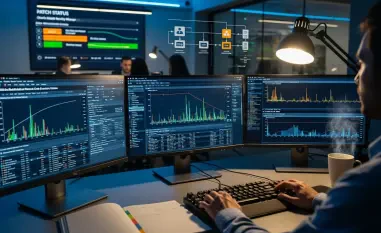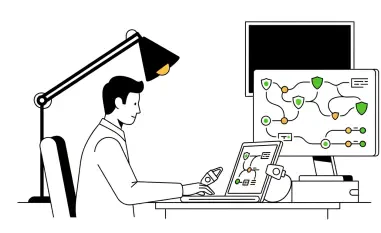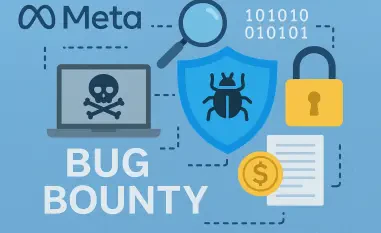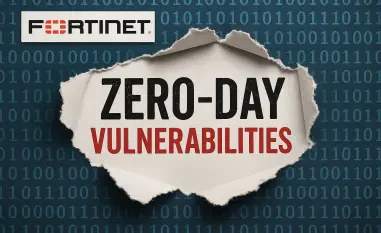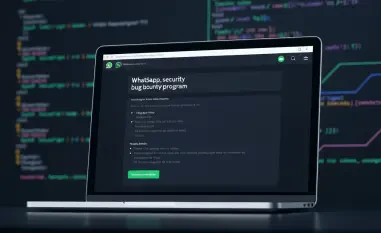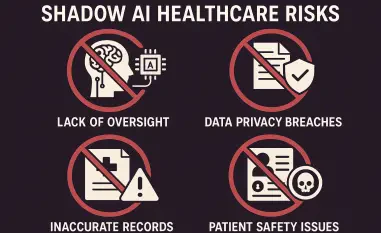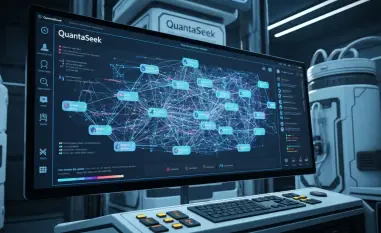The rapid evolution of cybersecurity threats has prompted an urgent need for more sophisticated defense mechanisms, and AI SOC (Security Operations Center) analyst platforms have emerged as vital players in this domain. Cybersecurity landscapes are increasingly complex, driven by the relentless sophistication of cyber threats and a significant skills deficit in the security workforce. This environment has catalyzed the integration of artificial intelligence in security operations. In 2025, AI SOC platforms are not merely adjuncts but are transitioning into pivotal roles, augmenting human capabilities and reshaping strategies to counter cyber risks. This article delves into five leading AI-driven platforms—Prophet Security, Vectra AI, Google Security Operations, Palo Alto Networks Cortex XSIAM, and Microsoft Security Copilot—that are setting transformational trends within cybersecurity.
Prophet Security: Autonomy and Adaptability
Prophet Security stands out prominently among AI SOC platforms with its innovative “Agentic AI SOC Analyst,” a tool that redefines traditional approaches by autonomously triaging, investigating, and responding to security alerts. Unlike conventional SOAR (Security Orchestration, Automation, and Response) tools, this platform dynamically plans investigations and can adapt to various operational environments, thereby expanding its utility and effectiveness. Prophet Security is distinct in its ability to synthesize threat evidence, subsequently providing actionable recommendations that enhance security measures. The platform also boasts a sophisticated cross-telemetry correlation feature, offering a comprehensive view of threats by integrating data from different sources. Its continuous learning capability ensures that the platform becomes increasingly adept over time, crucial for staying ahead of emergent threats. However, the full realization of Prophet Security’s potential necessitates alignment with the organization’s existing technology stack, which may involve significant customizations.
Prophet Security’s strengths lie in its autonomous operations, offering an AI-driven approach not only innovative but necessary in addressing the skilled personnel gap in cybersecurity. Human analysts are thereby freed to focus on more complex strategic decisions, leveraging the platform’s autonomous capabilities to handle routine tasks efficiently. For organizations considering Prophet Security, it is important to evaluate whether its sophisticated AI capabilities align with their infrastructure while also being prepared for potential customization and integration challenges. This need for alignment underscores a broader industry trend: the increasing reliance on AI not only to augment human efforts but to redefine operational efficiencies and threat response timelines in contemporary SOC environments.
Vectra AI and Google Security Operations: Network-Centric Approaches
Vectra AI is at the forefront in network detection and response (NDR), offering a platform designed to identify behaviors indicative of sophisticated attack patterns. This entity-centric approach not only broadens the scope of threat detection by analyzing both hosts and accounts but also enhances accuracy by minimizing false positives. Supporting over 85% of the MITRE ATT&CK framework, Vectra AI’s detection capabilities provide comprehensive network-level insights. However, its focus primarily on network-level activity could potentially lead to blind spots, especially concerning sophisticated endpoint threats. The efficacy of Vectra AI, therefore, is contingent on the quality and breadth of its training data, which poses challenges in fully mitigating hybrid attacks.
Particularly notable is the potential blind spot regarding sophisticated endpoint activities, necessitating a balanced approach in deploying Vectra AI alongside complementary solutions. Google Security Operations, formerly Chronicle, leverages Google’s expansive cloud infrastructure to deliver scalability and integration capabilities. The platform’s integration of deep security analytics with threat intelligence allows for large-scale threat investigations. Despite these advantages, there are challenges associated with Google Security Operations, such as the steep learning curve during deployment and configuration processes. Organizations are also required to develop custom detection rules and content to fully unlock its potential. While its foundational architecture is robust, organizations often face challenges with configuration, which demands careful planning and resource allocation to harness its full capabilities.
Palo Alto Networks Cortex XSIAM and Microsoft Security Copilot: Integrated Strategies
Palo Alto Networks’ Cortex XSIAM consolidates multiple security operations into a comprehensive platform, merging EDR (Endpoint Detection and Response), XDR (Extended Detection and Response), SOAR, UEBA (User and Entity Behavior Analytics), and SIEM (Security Information and Event Management). The integration of machine learning models for advanced analytics offers an exceptional increase in operational efficiency. Its sophisticated integration capabilities enable streamlined security operations, although they come with substantial costs and complexity during implementation. Particularly for organizations with intricate network environments, this complexity can lead to potential vendor lock-in, tying them closely to Palo Alto’s ecosystem. Thus, the efficiency provided by Cortex XSIAM needs careful evaluation against the organization’s existing infrastructure and long-term flexibility requirements.
Microsoft Security Copilot, on the other hand, enhances incident response and network monitoring by integrating OpenAI’s ChatGPT-4 with Microsoft’s security models. It provides consolidated alerts and clear summaries, pivotal for timely and comprehensive response strategies. Seamless integration within the Microsoft ecosystem improves communication channels across various security service layers, optimizing operational processes. Yet, concerns about heterogeneity in AI outputs and privacy issues are notable areas of caution. For both Palo Alto Networks Cortex XSIAM and Microsoft Security Copilot, the decision to rely on these platforms should weigh the extensive integration benefits against the potential for increased complexity and dependency on specific ecosystems.
Bridging AI and Human Expertise
Prophet Security distinguishes itself in the realm of AI SOC platforms through its “Agentic AI SOC Analyst,” a groundbreaking tool that revolutionizes traditional security methods. It autonomously manages the triage, investigation, and response to security alerts, contrasting sharply with standard SOAR tools. This platform is particularly notable for its ability to dynamically plan investigations and adapt to varied environments, enhancing its utility and effectiveness. A standout feature is its capacity to integrate threat evidence and deliver actionable security recommendations. Furthermore, Prophet Security offers advanced cross-telemetry correlation, enabling a holistic view of threats by merging data from diverse sources. Its continuous learning capability ensures that the platform improves over time, crucial for anticipating emerging threats. However, to fully exploit its benefits, organizations must align their existing technology stacks, which could necessitate significant customizations. This innovative approach allows human analysts to focus on complex strategic decisions, trusting the AI with routine tasks.

